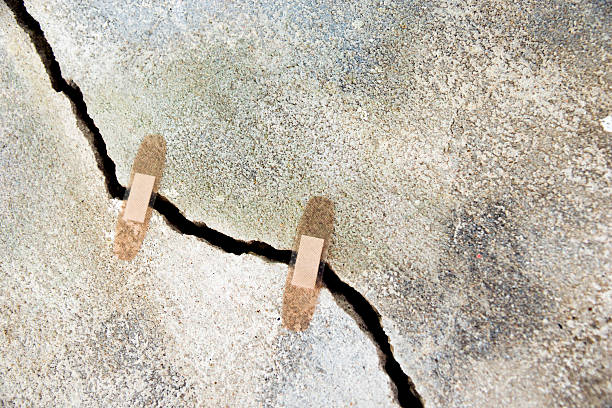
Can foundation issues be prevented?
Foundation issues in buildings can lead to costly repairs and structural instability. Understanding the common causes of these issues is crucial in developing preventive strategies. By addressing factors such as soil type, drainage patterns, and construction quality, preemptive measures can be taken to mitigate the risk of foundation problems.
However, the question remains: can these measures truly prevent all foundation issues, or are there underlying factors that may still pose a threat to the stability of a building’s foundation?
Common Causes of Foundation Issues
The occurrence of foundation issues in buildings is often attributed to a combination of environmental factors and construction practices. One common cause of foundation problems is poor soil conditions. Soil that is prone to excessive shrinkage or expansion due to changes in moisture content can exert pressure on the foundation, leading to cracks and settlement. Additionally, inadequate drainage around the building can result in water accumulation near the foundation, causing soil erosion and weakening the support system.
Another prevalent cause of foundation issues is improper construction techniques. If the foundation is not designed or built correctly, it may not be able to withstand the structural load placed upon it. For example, using substandard materials, insufficient reinforcement, or overlooking crucial steps in the construction process can all contribute to foundation failures.
Furthermore, tree roots growing too close to the foundation can also pose a risk. As trees mature, their roots can extend under the building, exerting pressure on the foundation and causing it to shift or crack. Proper planning and maintenance are essential to prevent these common causes of foundation issues.
Practical Prevention Tips
To mitigate the risk of foundation issues, implementing practical prevention tips is crucial for ensuring the structural integrity of buildings. One of the most effective prevention measures is to ensure proper drainage around the foundation. Improper water runoff can lead to soil erosion and instability, causing stress on the foundation. Regularly inspecting and maintaining the gutters, downspouts, and grading around the building can help prevent water from pooling near the foundation.
Another practical tip is to control the moisture levels around the foundation. Excess moisture in the soil can lead to swelling and contraction, causing the foundation to shift and crack. Installing proper drainage systems, such as French drains or sump pumps, can help manage water accumulation and prevent moisture-related issues.Additionally, maintaining consistent moisture levels in the soil through proper watering techniques for landscaping around the building can also help prevent foundation problems. By following these practical prevention tips, property owners can significantly reduce the likelihood of encountering costly foundation issues in the future.